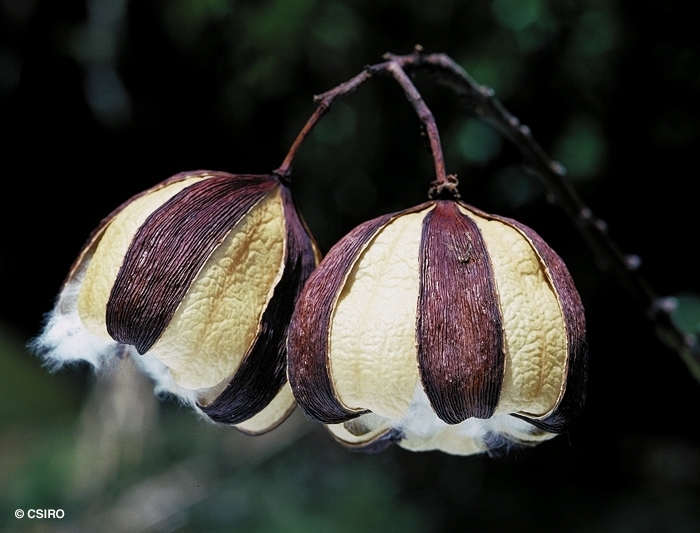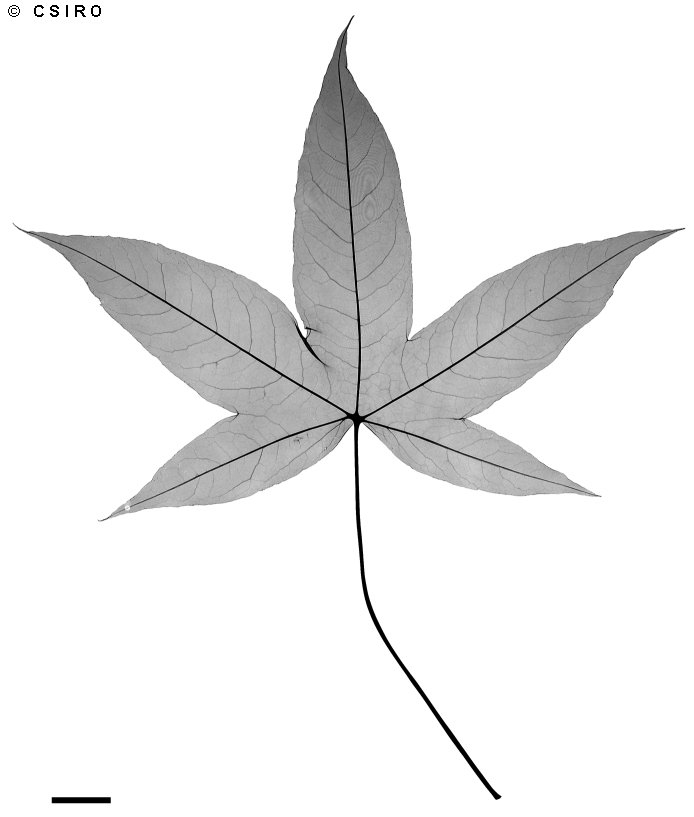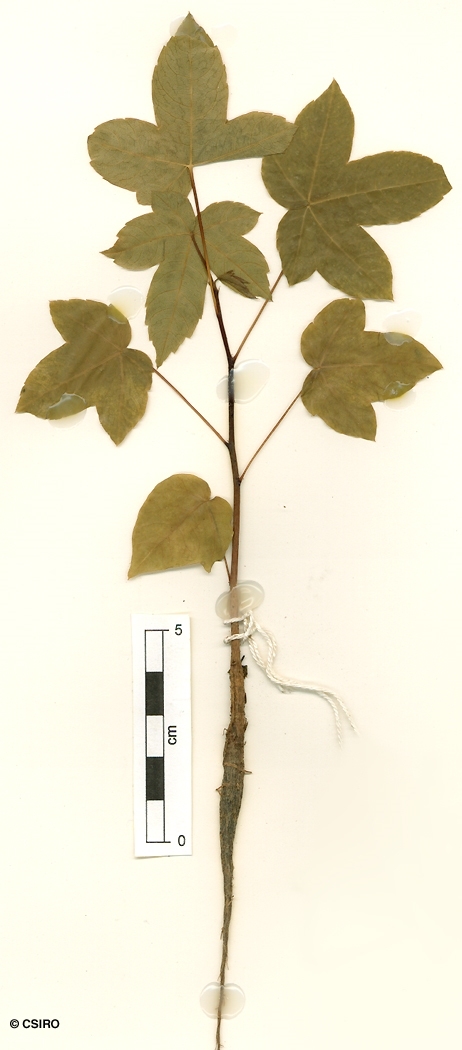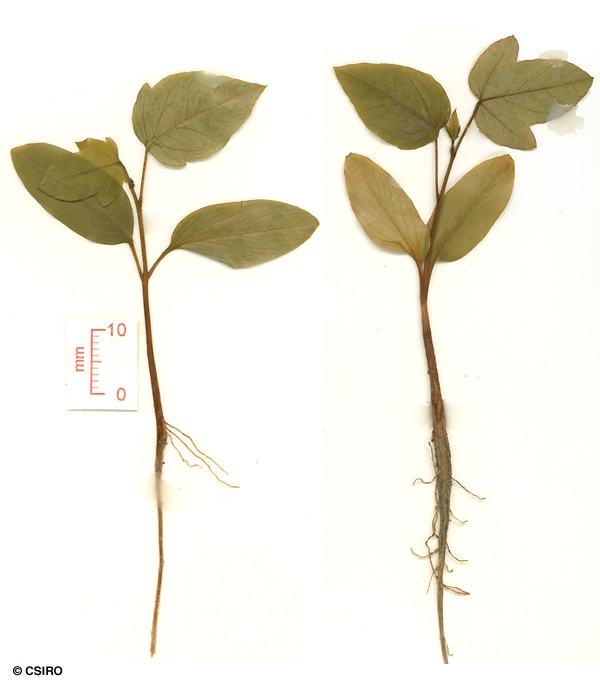Australian Tropical Rainforest Plants - Online edition
Cochlospermum gillivraei Benth.





Bentham, G. (1863), Flora Australiensis 1: 106, Lectotype: "Queensland, Cook, Lizard Island, off the northeast coast, McGillivray (K, lectotype)"
Kapok Tree; Gillivray's Kapok Tree; Native Kapok; Kapok Bush; Buttercup Tree
Flowers about 7-10 cm diam., usually produced when the tree is leafless. Petals marked by pink-red spots and stripes on the inner surface. Staminal filaments red.
Cotyledons elliptic to ovate-elliptic, about 20-25 x 8-12 mm. At the tenth leaf stage: leaf blade 5-lobed with one major vein to each lobe; stipules small, fleshy. Seed germination time 14 to 46 days.
Widespread in NT, CYP, NEQ and CEQ. Altitudinal range from sea level to 100 m. Usually grows in rocky situations in open forest but also found in monsoon forest and on rain forest margins. Also occurs in New Guinea.
This tree flowers in the dry season when it is leafless. It adds a considerable amount of colour to an environment which is often bereft of colour or green leaves.
Bark material of this species was active against some tumors. Collins et al. (1990).
Aboriginal usage: In the wet season, when excavation is easier, Aboriginal people dig up the roots of small plants of this species. They are baked in ashes and hammered to soften them before being consumed. Kenneally et al. (1995).





